源叶SCI文献引用资讯
1、CELL RESEARCH(IF=44.1)
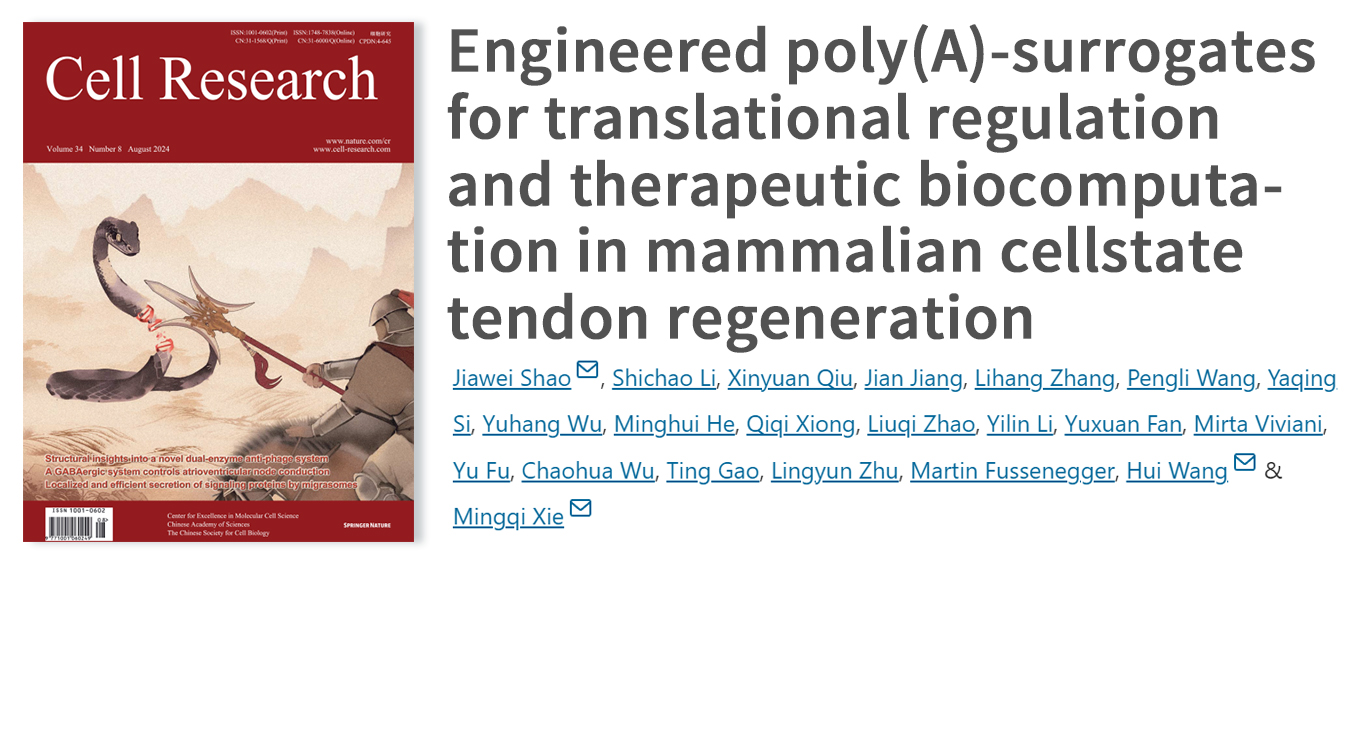
文献引用产品:
货号
产品名称
规格
R20497
多聚甲醛溶液
4% PFA
摘要:Here, we present a gene regulation strategy enabling programmable control over eukaryotic translational initiation. By excising the natural poly-adenylation (poly-A) signal of target genes and replacing it with a synthetic control region harboring RNA-binding protein (RBP)-specific aptamers, cap-dependent translation is rendered exclusively dependent on synthetic translation initiation factors (STIFs) containing different RBPs engineered to conditionally associate with different eIF4F-binding proteins (eIFBPs). This modular design framework facilitates the engineering of various gene switches and intracellular sensors responding to many user-defined trigger signals of interest, demonstrating tightly controlled, rapid and reversible regulation of transgene expression in mammalian cells as well as compatibility with various clinically applicable delivery routes of in vivo gene therapy. Therapeutic efficacy was demonstrated in two animal models. To exemplify disease treatments that require on-demand drug secretion, we show that a custom-designed gene switch triggered by the FDA-approved drug grazoprevir can effectively control insulin expression and restore glucose homeostasis in diabetic mice. For diseases that require instantaneous sense-and-response treatment programs, we create highly specific sensors for various subcellularly (mis)localized protein markers (such as cancer-related fusion proteins) and show that translation-based protein sensors can be used either alone or in combination with other cell-state classification strategies to create therapeutic biocomputers driving self-sufficient elimination of tumor cells in mice. This design strategy demonstrates unprecedented flexibility for translational regulation and could form the basis for a novel class of programmable gene therapies in vivo.
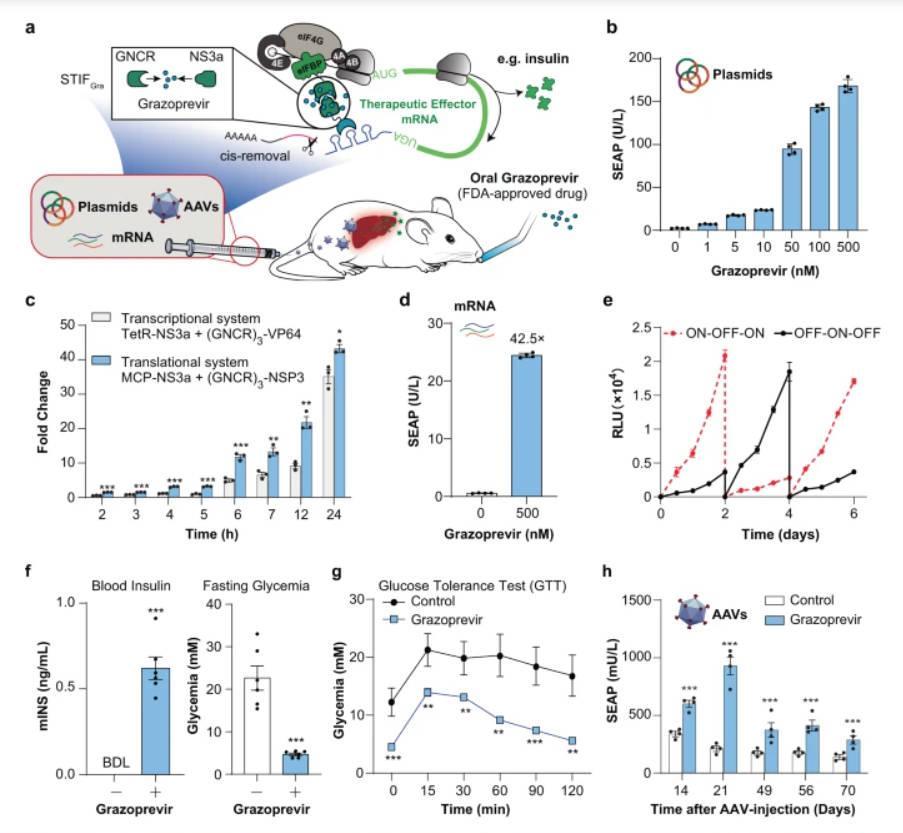
文献链接:https://www.nature.com/articles/s41422-023-00896-y
2、ADVANCED MATERIALS(IF=29.4)
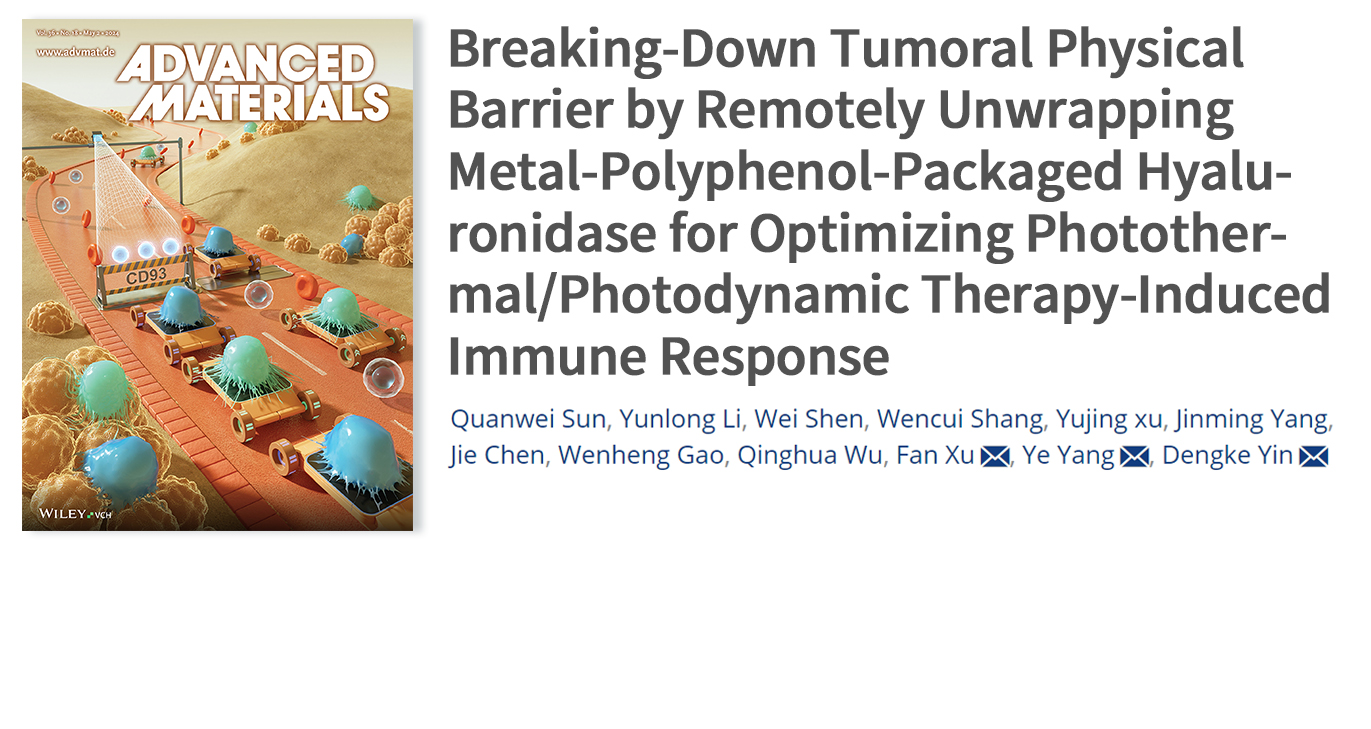
文献引用产品:
货号
名称
CAS
规格
Y35467
透明质酸酶
37326-33-3
≥ 300 IU/mg, from bovine testes
S22118
透明质酸酶
37326-33-3
BR,
3000u/mg
S25991
二硬脂酰基磷脂酰乙醇胺-聚乙二醇2000
147867-65-0
≥95%
B28313
大豆卵磷脂
8002-43-5
分析标准品,98%
B20272
胆固醇
57-88-5
分析标准品,
HPLC≥98%
R31047
伊文思蓝染色液
/
2%
3、Cell Metabolism(IF=29)
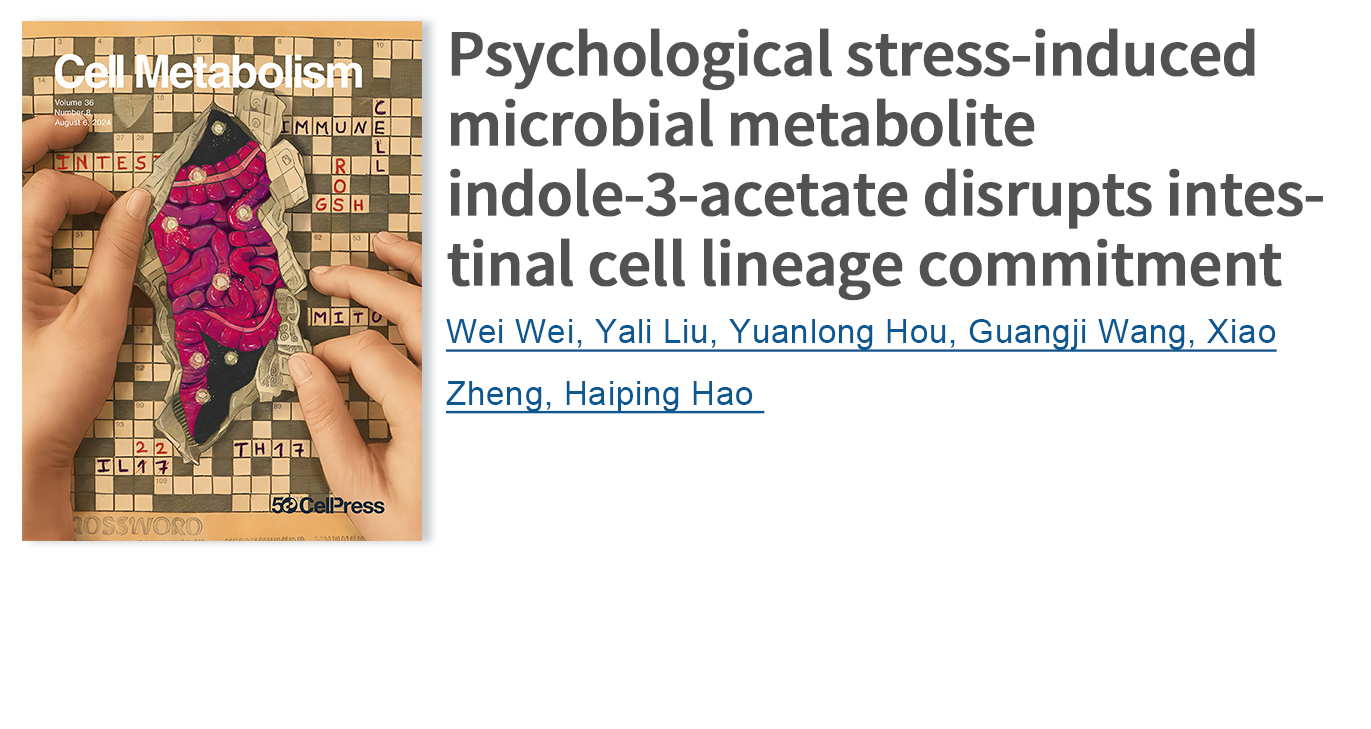
文献引用产品:
摘要:The brain and gut are intricately connected and respond to various stimuli. Stress-induced brain-gut communication is implicated in the pathogenesis and relapse of gut disorders. The mechanism that relays psychological stress to the intestinal epithelium, resulting in maladaptation, remains poorly understood. Here, we describe a stress-responsive brain-to-gut metabolic axis that impairs intestinal stem cell (ISC) lineage commitment. Psychological stress-triggered sympathetic output enriches gut commensal Lactobacillus murinus, increasing the production of indole-3-acetate (IAA), which contributes to a transferrable loss of intestinal secretory cells. Bacterial IAA disrupts ISC mitochondrial bioenergetics and thereby prevents secretory lineage commitment in a cell-intrinsic manner. Oral α-ketoglutarate supplementation bolsters ISC differentiation and confers resilience to stress-triggered intestinal epithelial injury. We confirm that fecal IAA is higher in patients with mental distress and is correlated with gut dysfunction. These findings uncover a microbe-mediated brain-gut pathway that could be therapeutically targeted for stress-driven gut-brain comorbidities.
货号
产品名称
CAS
规格
S51482
3-吲哚乙酰胺
879-37-8
98%
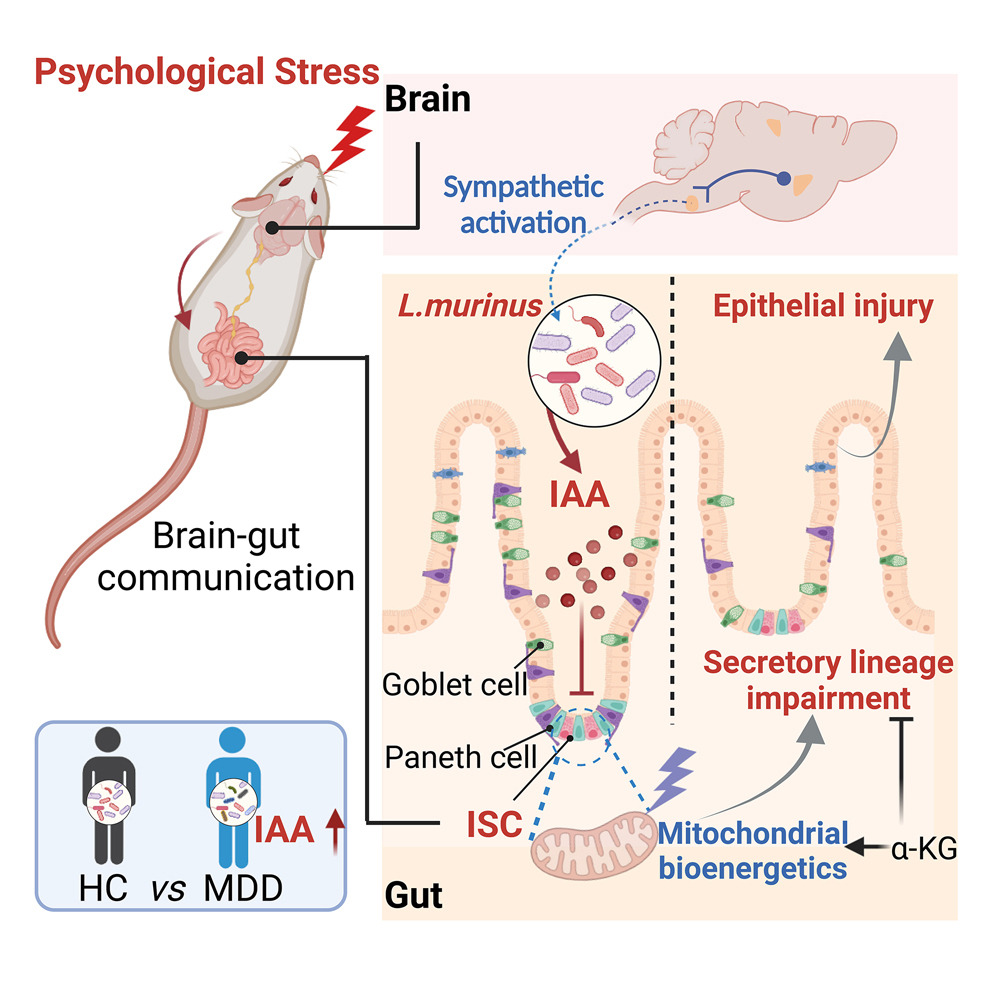
文献链接:https://www.cell.com/cell-metabolism/pdf/S1550-4131(23)00477-1.pdf











 北京
北京